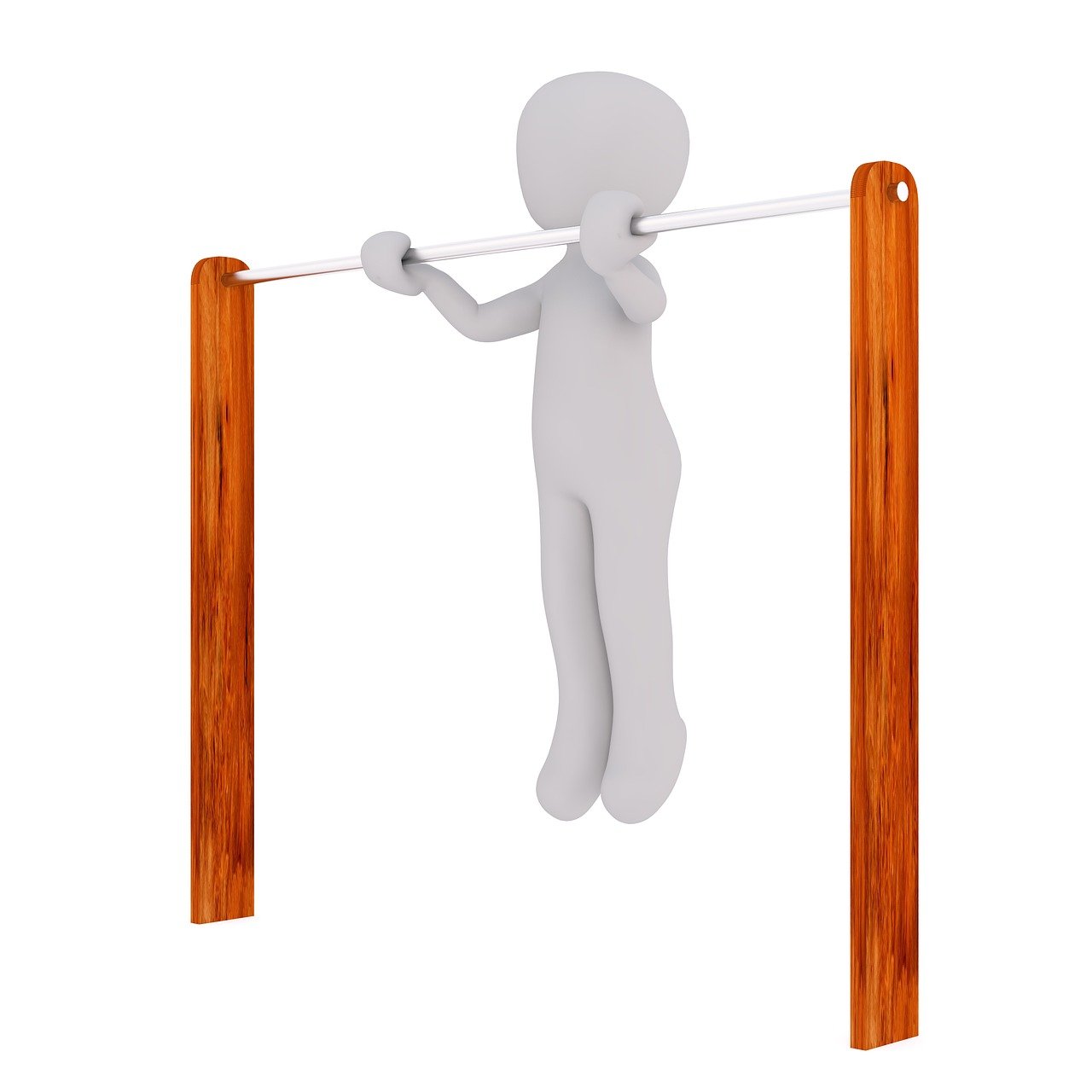Table of Contents
![]()
I. Introduction
The Nice Classification system is an internationally recognized classification of goods and services used for the registration of marks. It helps businesses and legal professionals categorize products to ensure proper trademark protection. Among its various classes, Class 31 plays a crucial role, encompassing a wide range of raw and unprocessed products essential to agriculture, aquaculture, horticulture, and forestry. This article aims to provide a comprehensive understanding of Class 31, highlighting the types of products included, exclusions, and the implications for trademark registration.
II. Definition of Class 31
Class 31 primarily includes raw and unprocessed products that have not undergone any preparation for consumption. This class is integral to the agricultural and food industries, covering items that are vital for both human consumption and animal husbandry. The scope of Class 31 includes:
- Agricultural Products: Items cultivated for human use, such as grains and vegetables.
- Aquacultural Products: Raw materials sourced from aquatic environments.
- Horticultural Products: Plants and flowers grown for ornamental or culinary purposes.
- Forestry Products: Materials sourced from forests, including timber and raw wood.
III. Key Components of Class 31
A. Unprocessed Grains and Seeds
Class 31 includes various unprocessed grains and seeds, essential for food production and animal feed. Common examples include wheat, barley, and corn. These grains are crucial for sustaining agricultural practices and form the backbone of many diets globally.
B. Fresh Fruits and Vegetables
Fresh fruits and vegetables are a significant category within Class 31. To be classified as “fresh,” these products must not have undergone any form of processing beyond washing or waxing. Common examples include apples, carrots, and leafy greens. The emphasis on freshness ensures that consumers receive products in their most natural state.
C. Natural Plants and Flowers
The class also covers natural plants and flowers, which can be used for decoration, landscaping, or culinary purposes. This includes live plants, bulbs, seedlings, and seeds intended for planting. The inclusion of these items supports the horticultural sector and promotes biodiversity.
D. Live Animals
Live animals are another essential component of Class 31. This category includes various farm animals and pets that are not prepared for consumption. Examples include cattle, sheep, and domestic pets, which play vital roles in agriculture and companionship.
E. Animal Foodstuffs and Beverages
Foodstuffs and beverages for animals are included in this class, covering items necessary for animal husbandry. This can range from hay and grains to specially formulated feeds that cater to the dietary needs of different animal species.
F. Malt
Malt is another important product in Class 31, primarily used in the production of beverages, particularly beer. It is a processed grain that, while used in brewing, is classified here because it is a raw agricultural product before further processing.
IV. Detailed Explanatory Notes
A. Clarification on Types of Unprocessed Products
Class 31 includes several unprocessed products that are fundamental to various industries:
- Unprocessed Cereals: Essential for food production, these include raw grains that have not been milled.
- Fresh Mushrooms and Truffles: These gourmet products are considered fresh and unprocessed.
- Unprocessed Algae and Plant Residues: These items are important for both culinary uses and as natural fertilizers.
B. Products Not Included in Class 31
It is important to note what is excluded from Class 31 to avoid misclassification. These exclusions include:
- Medical and Dietary Products: Cultures of microorganisms and leeches used for medical purposes fall under Class 5.
- Semi-Processed Goods: Items such as semi-worked woods are categorized in Class 19.
- Artificial Products: Artificial fishing bait is classified under Class 28, while processed food products like rice are categorized in Class 30.
- Tobacco: This is classified separately under Class 34.
V. Implications for Trademark Registration
Correctly classifying products within the Nice Classification system is crucial for successful trademark registration. Misclassification can lead to legal issues and the potential rejection of trademark applications. Understanding Class 31 allows businesses to better protect their agricultural and horticultural products.
For instance, a company specializing in organic vegetables must ensure that its trademark application correctly identifies these products under Class 31 to safeguard its brand. Successful registrations in this class demonstrate the value of accurate classification and the potential for brand recognition in the agricultural market.
VI. Conclusion
In summary, Class 31 of the Nice Classification system is vital for the protection of raw and unprocessed agricultural, aquacultural, horticultural, and forestry products. By understanding the range of products included and excluded in this class, businesses can ensure proper trademark registration and safeguard their interests in the market. As the demand for fresh, unprocessed products continues to grow, awareness of Class 31’s implications will be essential for stakeholders in the agricultural sector.
Share This





Be the first to comment